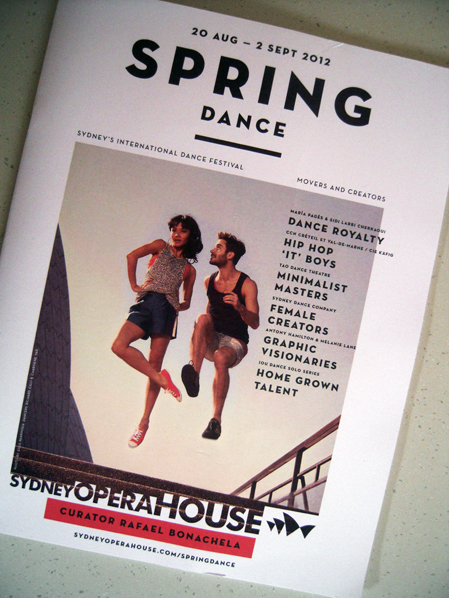I experienced a slight pang of nostalgia when I received this brochure in the post a few weeks back. Ripping open the plastic bag it came in, I caught a brief, intense burst of scent, the aroma of offset print – heady, slightly metallic, redolent of whirring gears and spinning rollers, the careful, precise mixing of chemicals and pigments.
It made me wonder if, in the not-too-distant future, this will become a lost sensory experience, a forgotten phenomenon in the same way that people, by and large, no longer encounter the smell of wood fires on a cold winter’s evening, the fug of a passing steam train or the stench of horse shit on our streets.
Bloody good thing too, you might say; after all, who really wants to expose themselves to such things? We’re talking about pollution here. By any measure, the right to clean air is a fairly basic human requirement.
Well yes, that’s true – modern life is a never-ending narrative of social improvement – but then again nostalgia is the residue of loss; sharp, distinctive, often imprecise and puzzling. The fact is that the smell of print is something that will probably soon be lost to future generations, not entirely, not globally, but generally.
This is due not only to the on-going shift of massive amounts of printed material to an online, digital environment but also because the printing processes themselves are changing. The latest toner-based and inkjet ink technologies that are set to replace offset printing over the next decade or so are comparatively odourless. Even offset printing itself has abandoned many of the smellier, noxious chemicals of the past so that a visit to a modern printroom is no longer the intoxicating, eye-watering olfactory experience it once was.
I often hear printers talk about the advantages of print as a ‘tactile, sensory’ medium compared to online channels, as if our consumption of digital information takes place in a sterile, almost telepathic, environment. It’s not true of course. We use our sight for both media, and both books and tablets require touching. Indeed, it could be argued that the ‘swipe’ of a touchscreen is a more sensuously enjoyable feeling than the turning of a page (which, at risk of going off at a tangent, reminds me of this sketch about page-turning which still makes me laugh).
Digital media also often engages a sense which is neglected by print – at least once the reader is past the age of about four or five – by incorporating sound into the mix.
Neither media tastes very nice, not unless you are a habitual paper-eater.
When it comes to smell, however, print wins by a nose. I’ve tried sniffing my phone and I’m not getting much from it. In some instances, printers have tried to exploit this advantage by deliberately adding specific aromas to their printed products – the old scratch ‘n’ sniff. Perhaps if somebody had thought to make newspapers smell of chocolate then the likes of Fairfax and News Ltd wouldn’t be facing the challenges they do today. Either that or chocolate consumption would have gone through the roof.
So indulge in the full sensory enjoyment of ephemera such as this dance festival brochure – beautifully printed on heavy uncoated stock – while you can. Once it’s gone, we will not smell its like again.


